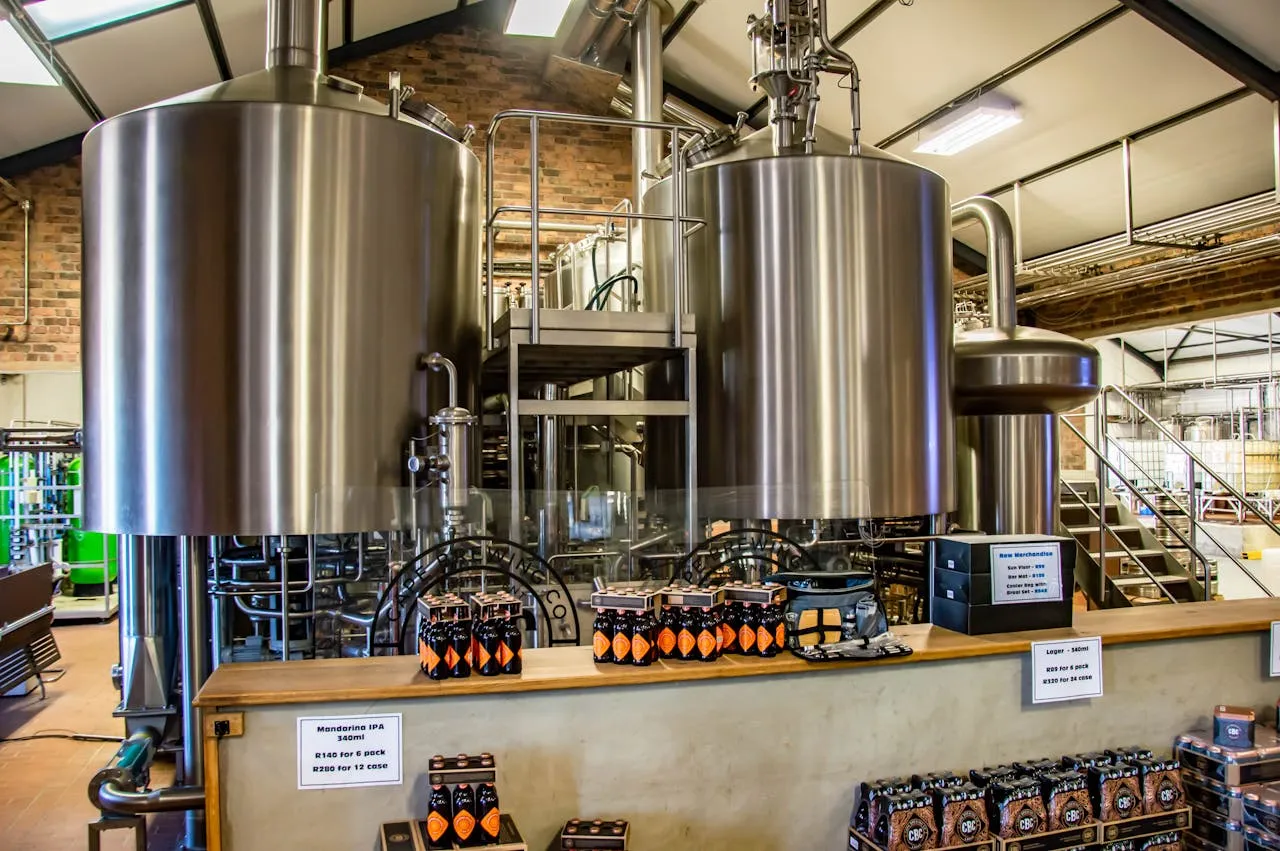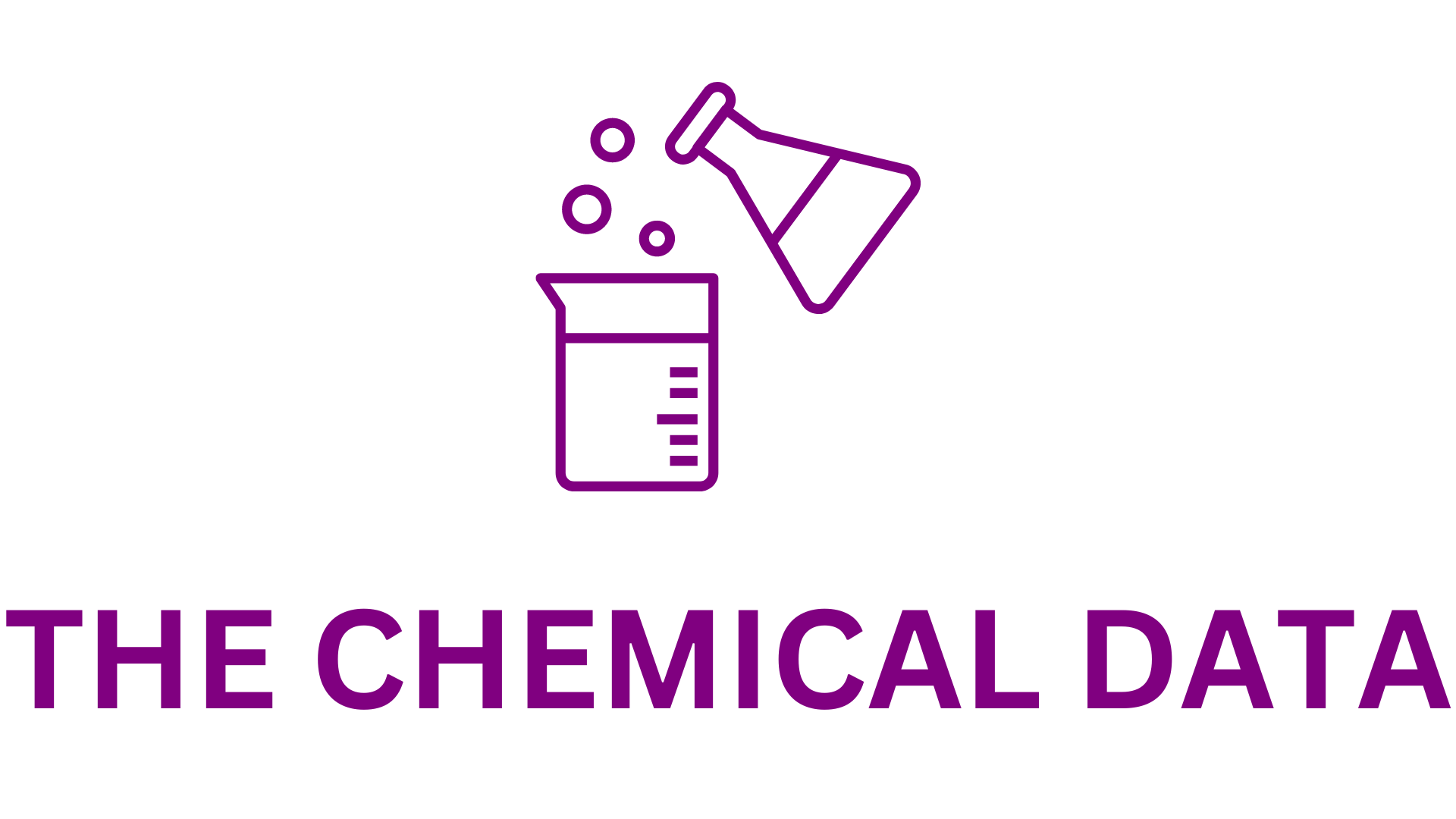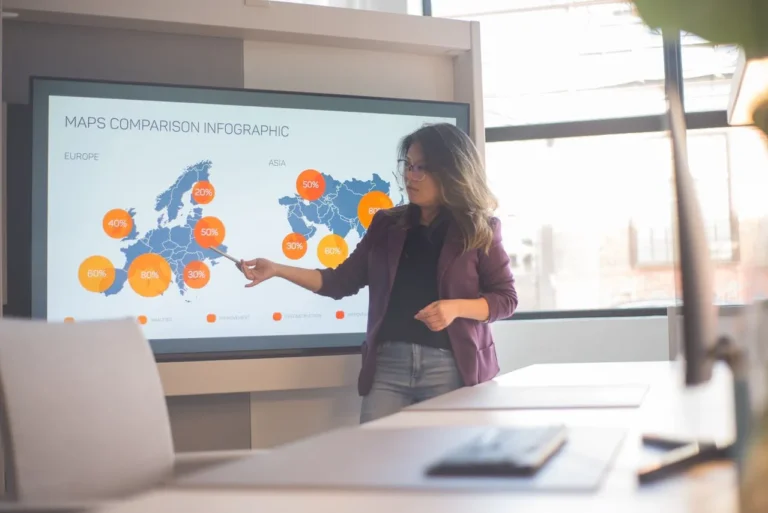
Verdox Demonstrates Electrochemical Carbon Capture From Aluminum Smelting in Partnership With Hydro
U.S. climate technology company Verdox has successfully completed initial industrial testing of its all-electric electrochemical carbon capture system, marking a significant milestone in the global effort to decarbonize hard-to-abate industries. The company’s collaboration with Hydro, a leading Norwegian aluminum and renewable energy producer, demonstrated for the first time that Verdox’s proprietary technology can effectively capture carbon dioxide (CO₂) directly from aluminum smelter exhaust gases — one of the most difficult industrial emission sources to treat.
The pilot marks a crucial step toward the eventual large-scale deployment of electrochemical carbon capture in aluminum production and other industrial sectors. Following the successful trial, Verdox is advancing plans for commercial-scale demonstrations and the first operational units later this decade.
Tackling One of Industry’s Hardest Emission Challenges
Primary aluminum production is among the most energy-intensive and carbon-emitting processes in the industrial world. The dominant production method, known as the Hall-Héroult process, involves electrolyzing alumina (aluminum oxide) dissolved in molten cryolite to produce aluminum metal. While the process itself is electricity-driven, it still releases significant amounts of CO₂ from the carbon anodes used in the reaction.
Unlike emissions from fossil fuel power plants, the off-gas from aluminum electrolysis contains only about 1% CO₂ by volume, heavily diluted by air and other gases. This low concentration makes conventional carbon capture methods — which rely on high CO₂ partial pressures to drive absorption — technically and economically unfeasible.
Compounding the challenge, aluminum smelter exhaust streams contain impurities such as fluorides and particulates that can damage or foul traditional capture materials. For decades, these factors have made direct carbon capture from primary aluminum smelting appear nearly impossible at scale.
Verdox’s Electrochemical Breakthrough
Verdox’s approach represents a fundamentally new pathway for CO₂ separation. Instead of using thermal or pressure-driven processes, the company employs electrochemically driven capture and release mechanisms. Its technology relies on specialized materials that bind and release CO₂ ions when subjected to small voltage changes. This all-electric process allows for highly selective and tunable capture without the need for heat or chemical regeneration.
Because it does not rely on high CO₂ concentrations or high temperatures, Verdox’s system can efficiently capture carbon even from dilute and contaminated gas streams, such as those found in aluminum production, cement plants, or direct air capture applications. Moreover, the electrochemical design eliminates the need for burning fossil fuels to regenerate sorbents — a major source of secondary emissions in traditional carbon capture systems.
This innovation positions Verdox’s platform as one of the most energy- and cost-efficient carbon capture methods under development today, offering a scalable route to industrial decarbonization that aligns with electrification and renewable power integration.
A Landmark Trial in Norway
Over a two-month period, Verdox’s pilot system operated at Hydro’s Sunndal plant in Norway, the largest primary aluminum facility in Europe. The trial validated the ability of Verdox’s technology to capture CO₂ from exhaust streams containing only 1% CO₂, while maintaining stable performance and demonstrating resilience to impurities.
According to Verdox, the system showed no measurable performance degradation due to contaminants typically present in aluminum smelter off-gases. This successful validation provides critical evidence that the technology can function effectively under real-world industrial conditions, paving the way for scaled demonstrations.
“Successful testing on industrial gases marks a defining milestone in Verdox’s scale-up and demonstrates that our technology is nearing industrial deployment,” said Friedrich von Gottberg, CEO of Verdox. “Electrochemical carbon capture offers the most energy- and cost-efficient pathway to industrial decarbonization. Demonstrating performance with our partner Hydro on one of the most challenging industrial off-gases to treat validates Verdox’s all-electric approach to carbon capture.”
Hydro’s Pathway to Net-Zero Aluminum
Hydro has been at the forefront of the global aluminum industry’s decarbonization transition, leveraging Norway’s abundant renewable hydropower to supply its electrolysis operations. The company’s primary smelters already run entirely on renewable electricity, meaning that the direct process emissions from the Hall-Héroult reaction are now the last major source of CO₂ in Hydro’s aluminum production chain.
As part of its net-zero roadmap for 2050, Hydro is pursuing multiple parallel technology pathways to eliminate these process emissions. These include carbon capture, inert anode technology, and electrochemical process innovation. Each approach targets a different technical route toward fully decarbonized aluminum.
“We are currently pursuing several pathways of technology development to find the best and most cost-efficient solution to address process emissions from our primary aluminum plants,” said Morten Landsgård, Head of Electrolysis Decarbonization at Hydro Aluminium Metal. “Our collaboration with Verdox has demonstrated the viability of an electrochemical solution, and we are eager to continue maturing it as one of several carbon capture technologies now being evaluated for industrial-scale application.”
Hydro’s partnership with Verdox aligns with its strategy to reduce emissions across the aluminum value chain, from bauxite mining to finished products. If successfully scaled, electrochemical carbon capture could enable Hydro to produce fully carbon-neutral primary aluminum, supporting the company’s customers in achieving their own sustainability goals.
Toward Commercial Deployment
Following the success of the Sunndal trial, Verdox is moving forward with larger-scale demonstrations and a clear commercialization roadmap. In October 2025, the company commissioned a pilot-scale unit to demonstrate electrochemical CO₂ capture under continuous operation. This initiative represents a bridge between laboratory testing and industrial application, marking Verdox’s transition from proof-of-concept to commercial readiness.
Verdox plans to begin customer pilots in 2026, working with key industrial partners to validate system performance at higher throughput levels. The company anticipates installing its first full demonstration unit in 2027, followed by commercial deployment in 2029. These milestones outline a concrete path from early-stage testing to market introduction — a rare trajectory in the emerging carbon capture sector.
Each phase will focus on optimizing system design, reducing costs, and integrating renewable electricity sources to ensure fully sustainable operation. By coupling electrochemical carbon capture with renewable power, Verdox aims to create a zero-carbon capture process, eliminating both direct and indirect emissions associated with current methods.
Transforming Industrial Decarbonization
The success of Verdox’s collaboration with Hydro underscores the growing potential of electrochemical technologies to transform industrial decarbonization. By proving that carbon capture can be viable even in low-CO₂, impurity-rich environments, Verdox has expanded the frontier of where carbon management can realistically be applied.
As industries like aluminum, cement, and steel face increasing regulatory and market pressure to decarbonize, scalable and cost-effective solutions will be essential. Verdox’s technology offers a flexible platform capable of addressing both concentrated industrial emissions and dilute atmospheric CO₂ — an approach that could redefine how the world tackles industrial climate challenges in the decades ahead.
Source Link: https://www.businesswire.com/







